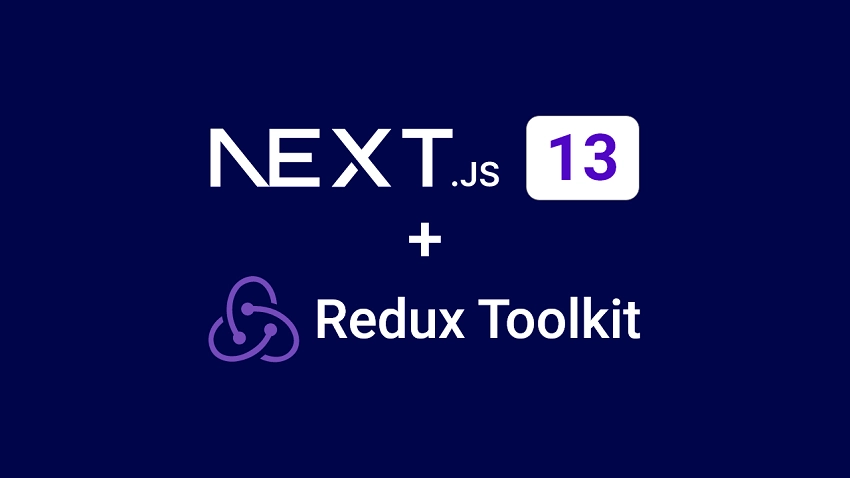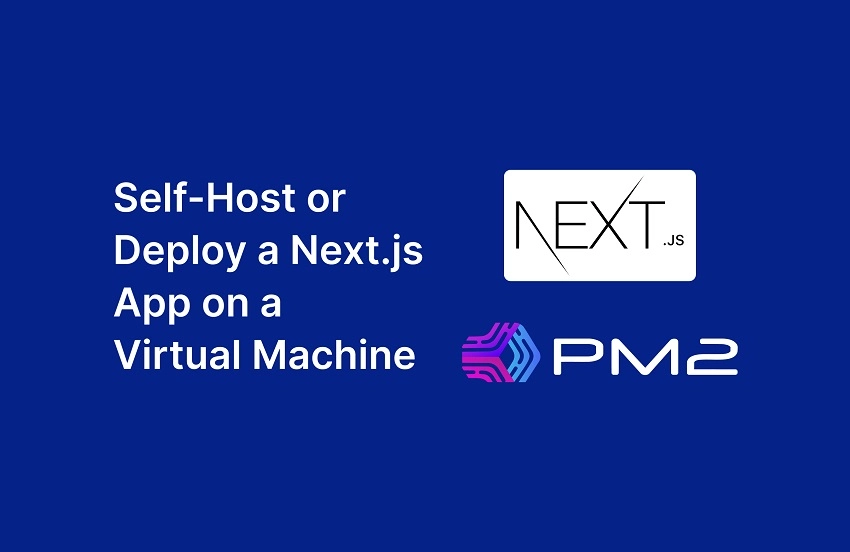In this tutorial, you'll learn how to set up and use Redux Toolkit and RTK Query in your Next.js 13 project. It's worth noting that at the time of writing, Next.js 13 is still in beta.
- Setup the Next.js 13 Project
- Setup the Redux Store
- Define Typed Hooks
- Define a Custom Provider
- Provide the Redux Store to Next.js 13
- Create the Redux State Slice and Action Types
- Add the Slice Reducer to the Store
- Use Redux State and Actions in the Next.js 13 App Directory
- Create the RTK Query API Service
- Add the RTK Query API Service to the Store
- Use RTK Query in the Next.js 13 App Directory
Read the entire article here: https://codevoweb.com/setup-redux-toolkit-in-nextjs-13-app-directory/
This article is your go-to resource for learning how to self-host or deploy your Next.js app on a virtual machine running Ubuntu. Our approach involves leveraging the Ubuntu operating system for your server, configuring the powerful NGINX web server to manage incoming traffic, and implementing PM2 to efficiently handle your Next.js application.
- Prerequisites
- Setting Up the Next.js Application
- Setting up our Virtual Machine (VM)
- Pointing Domain Name to the Server
- Connecting to the Server via SSH and Updating Server Packages
- Installing Nginx & Certbot
- Installing NPM and PM2
- Installing NVM and Node.js
- Creating the Next.js App or Pulling from Git Repository
- Configuring NGINX
- Launching Site with PM2
- Adding SSL to Domain Name
- Conclusion
Read the entire article here: https://codevoweb.com/how-to-deploy-or-self-host-a-next-js-application/

